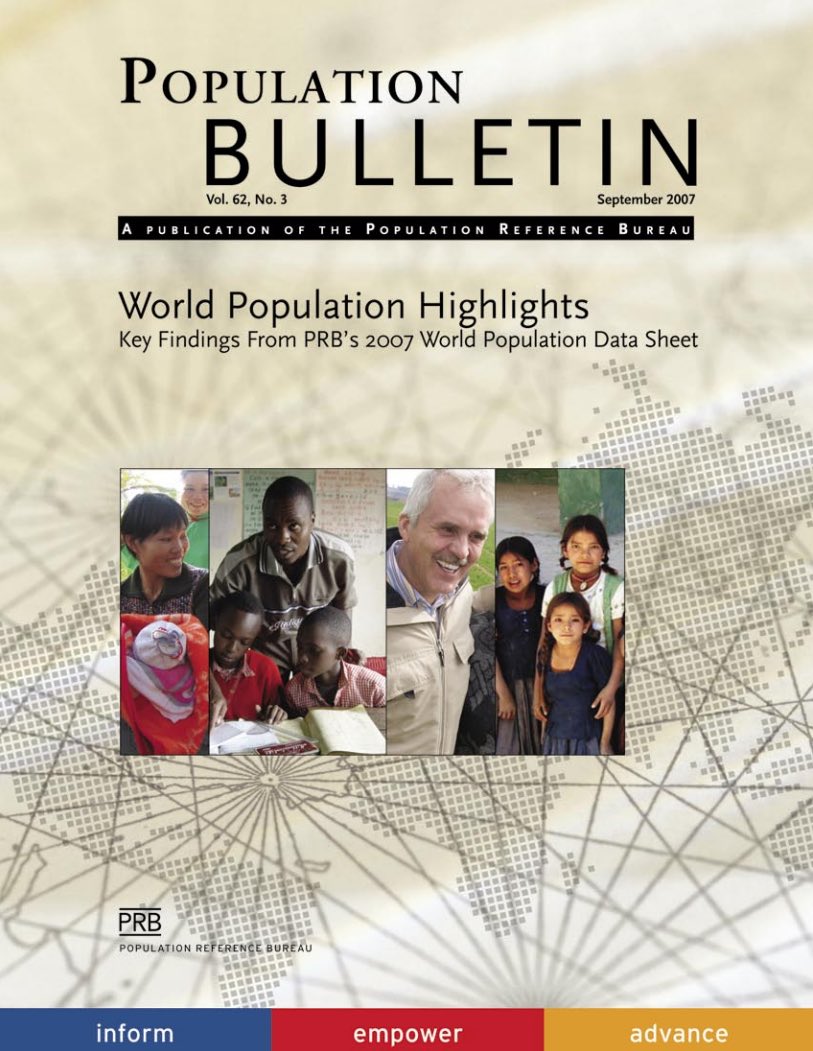Project: American Community Survey and Decennial Census Support Services
The Backdrop: Rising Inequality in the U.S.
(2014) Countries around the world are paying more attention to inequality as an indicator of social and economic well-being.

Project: American Community Survey and Decennial Census Support Services
(2014) Countries around the world are paying more attention to inequality as an indicator of social and economic well-being.

2007) In 2005, about 191 million people—3 percent of the world's population—were international migrants, according to UN estimates.

(2014) Countries around the world are paying more attention to inequality as an indicator of social and economic well-being.

2007) In 2005, about 191 million people—3 percent of the world's population—were international migrants, according to UN estimates.
(2006) Although mental health is a sensitive topic the world over, the prevalence of mental illness and its consequences can no longer be overlooked. While mental disorders include a range of illnesses (such as anxiety, schizophrenia, and autism), depression is the most common and is pervasive worldwide.

Project: Demographic Forecasting Services—AMBAG
Two demographic groups—young adults ages 20 to 34 and older adults ages 65 and older—are reshaping the population in rural America.

The Census counts every person who usually lives in the United States. They don’t have to be a U.S. citizen, but they do have to call this country their primary home.
(2003) Education is a key part of strategies to improve individuals' well-being and societies' economic and social development.